To become a qualified sled dog, it must not only have good eating habits and be not picky about food, but also have thick hair to withstand the cold environment. In addition, it also needs to have excellent judgment, agile running ability and amazing endurance. So, which dog breeds are born to pull sleds?
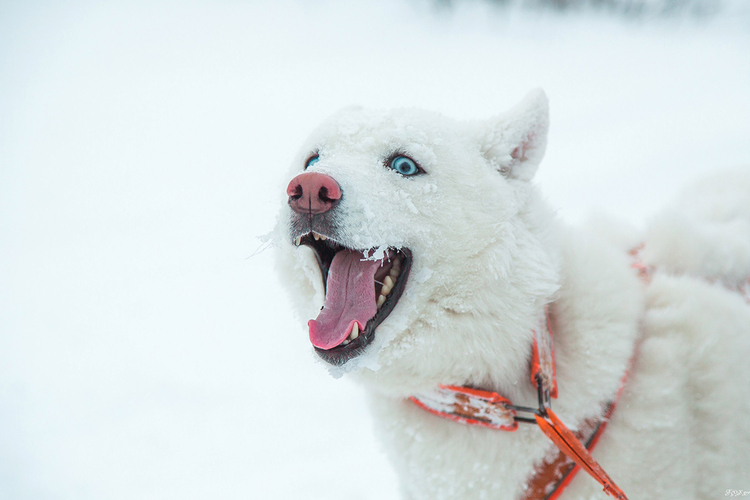
I bet you don't like snow as much as I do!
Today we will take stock of the world's top ten most famous sled dog breeds, including: Alaskan Malamute, Siberian Husky, Eskimo Dog, Greenland Dog, Samoyed, Inuit Dog, Chinook Dog, etc. These dog breeds are not only strong and handsome in appearance, but also have excellent survival and working ability in the snow. Come and learn about them together!
1. Alaskan Malamute (double coat for waterproof and heat preservation, strong physique, well-developed muscles)
The Alaskan Malamute is one of the most classic and well-known sled dogs. As early as the era of relying on sleds for travel, the Malamute people in the Arctic had already bred this strong, cold-resistant dog breed suitable for long-distance travel in the snow. They not only use Alaskan dogs to pull sleds, but also assist in hunting large wild animals such as polar bears and wolves.
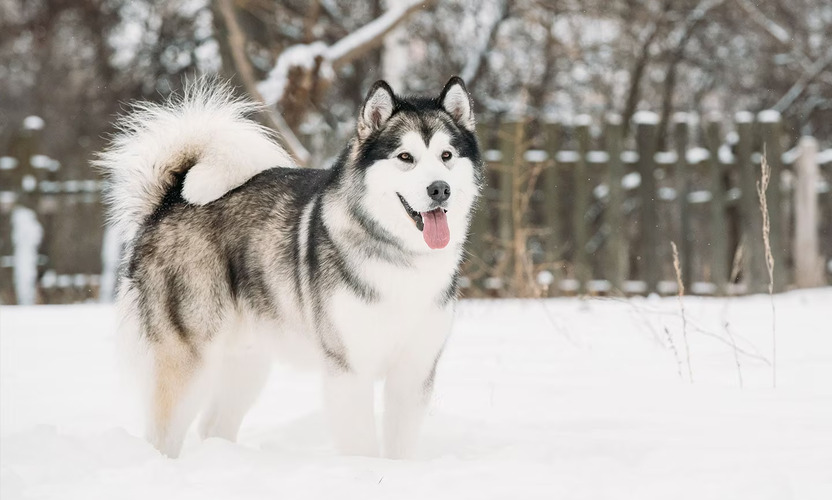
Among the "three treasures of sledding", the Alaskan sled dog is the largest one. They have strong limbs, well-developed muscles, and are known for their long-lasting endurance. Compared with running speed, they are more suitable for long-distance snow transportation tasks. Alaskan sled dogs have dense and polar-adaptive double-layer hair, which can maintain body temperature and work normally even in extremely cold weather.
Even though urban life has replaced the era of sled transportation, many dog lovers still hope that this ancient "skill" can be passed on. Therefore, in the United States, the United Kingdom and other countries, dog sled (or cart) competitions are still held every year, allowing Alaskan sled dogs to still show the tenacity and strength left by their ancestors in modern life.
2. Husky (double coat, cold-resistant, energetic)
Husky, scientifically known as Siberian Husky, is the most popular star dog among the three major sled dogs. They have dense double coats that can not only effectively resist the extremely cold climate, but also have good warmth retention. Husky is a medium-sized dog breed with light body odor and strong ability to adapt to life in the cold zone.

This breed was originally bred for pulling sleds, especially in polar environments to undertake transportation tasks such as mail delivery, material handling, and travel carts. In the history of the Winter Olympics, there have been dog sled events, and Huskies are one of the most common and outstanding participating dog breeds.
Not only that, Huskies are lively and handsome, and are loved by dog fans all over the world. Now they are not only working dogs on the snowfields, but also new pets in cities.
3. Eskimo Dog (Canadian Sled Dog, amazing weight-pulling ability)
Eskimo Dogs are known as one of the best sled dogs. They are native to East and West Siberia and are typical polar fluffy dog breeds. This kind of dog has a strong ability to adapt to extremely cold environments. Even in the ice and snow at minus 50℃, it can still survive and reproduce tenaciously, showing amazing vitality.
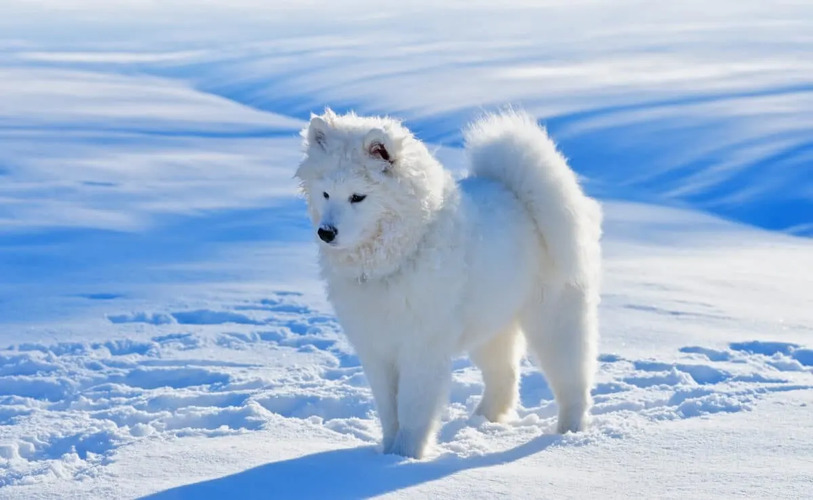
During the day, they are the most reliable assistants of northern hunters. They can not only pull sleds to transport goods, but also assist in hunting seals; at night, they transform into warm "hot water bottles" to accompany their owners to keep warm and rest. At the same time, they also bear the responsibility of guarding the camp and bravely drive away musk oxen or polar bears that mistakenly enter the camp.
The Eskimo dog is known for its hard work and is considered one of the most load-bearing dog breeds. An adult Eskimo dog can drag dozens of kilograms of weight, playing an irreplaceable role in the harsh natural environment of the polar regions.
4. Greenland Dog (strong, energetic, and endurance)
About 12,000 years ago, a wild wolf in Siberia was gradually domesticated and eventually evolved into the Greenland Dog we know today. It was originally used as an important means of transportation and was sometimes used as a hunting dog. It is an indispensable part of the life of the Eskimos in Greenland.
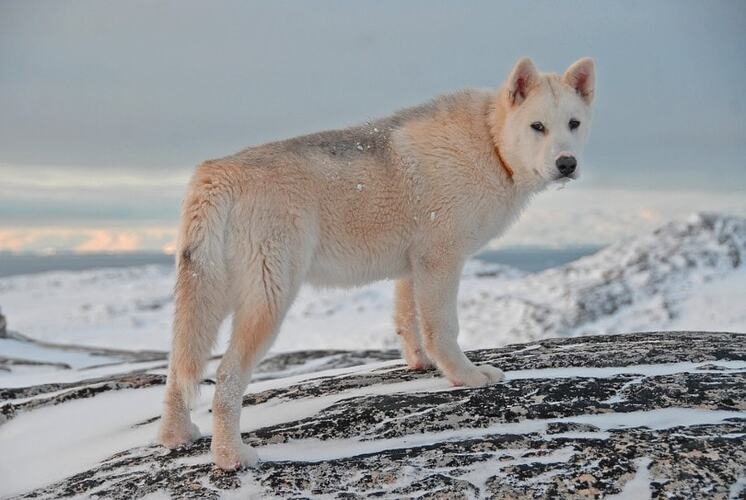
The Greenland Dog is widely regarded as one of the best sled dogs. Although it has a gentle and friendly personality, it has a tenacious vitality and can spend the night alone in the wild environment of the Arctic at minus ten degrees Celsius. It not only has strong cold resistance, but also has excellent sense of direction and extraordinary endurance, making it a rare ideal working dog breed in polar regions.
5. Samoyed (fur is warm and waterproof, and has long-lasting endurance)
Nowadays, as Samoyeds gradually enter thousands of households and become popular pets, many people have forgotten that they are actually excellent sled dogs. Samoyeds were originally bred by the Samoyeds, the indigenous people of Siberia. They have a noble and elegant appearance and a thick, pure white double coat. They are not only outstanding in appearance, but also inherit the excellent ability of their ancestors to pull sleds in polar environments.
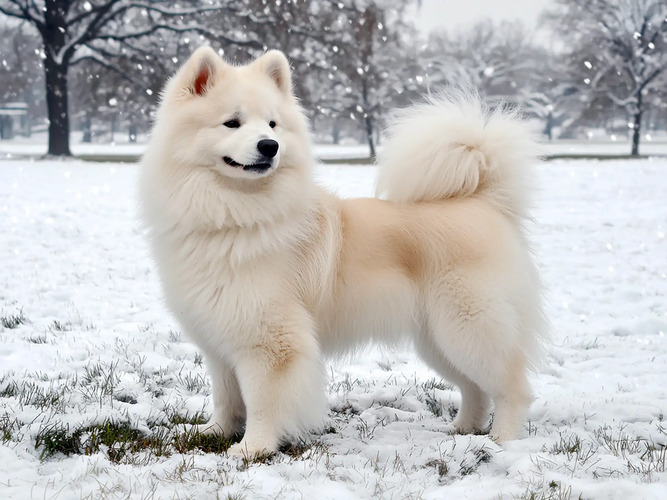
Samoyed: I'm great, I know it.
The Samoyed's skeleton is composed of about 225 to 230 bones, which can provide strong support and effectively protect the internal organs. Its well-developed muscles and outstanding physical strength give it great endurance, allowing it to run continuously for dozens of kilometers on ice and snow.
For example, in a sled rally held near the North Pole, a team of more than ten Samoyed dogs pulled hundreds of kilograms of supplies for a long time in an extremely cold environment of minus 40 degrees Celsius, and was able to continue moving forward with only a very short rest every day, fully demonstrating their strong strength as working dogs.
6. Inuit Dog (extremely cold-resistant, hardworking)
The Inuit Dog is one of the ten classic sled dog breeds. It has the bloodline of polar wolves, is tall and strong, and has strong cold resistance. Even in a low temperature environment of dozens of degrees below zero, as long as a few dogs are huddled together, they can sleep peacefully without fear of the cold.
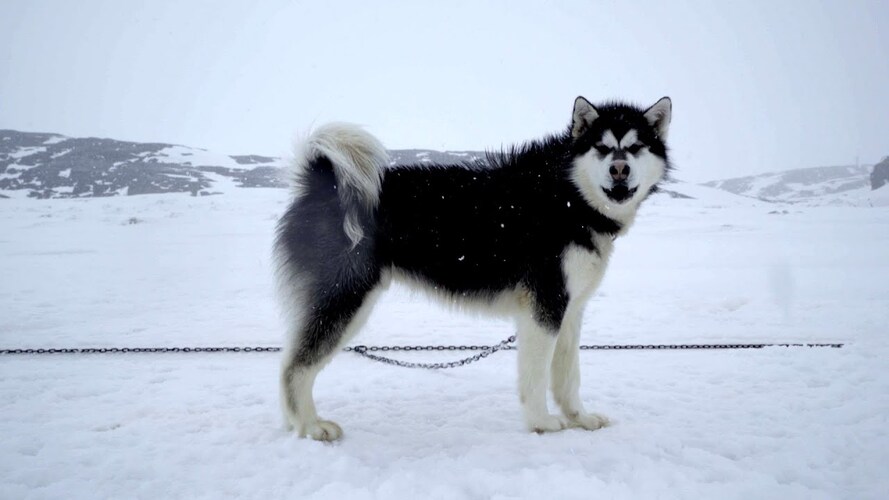
In the eyes of the Inuit living in the polar regions, dog sledding is not only a means of transportation, but also an important partner for their survival. Without these dogs, hunters simply cannot walk across the vast ice fields to hunt or transport supplies. These loyal snow companions can not only assist in hunting, but also issue warnings in critical moments, and even help their owners identify directions and find their way home.
In addition to pulling sleds in winter, they can also carry goods in summer. In the Inuit communities in the west, these dogs are even used to tow small boats and act as "water trackers", which can be said to be the best among all-round working dogs.
7. Chinook (double coat, amazing endurance, fast speed)
Chinook is one of the famous sled dogs. It was first bred in the United States in the early 20th century and was specially used for sled transportation. It is a typical professional working dog. This breed is a cross between Eskimo dogs, short-haired Saint Bernard dogs and Belgian shepherd dogs, and is also related to the Husky in terms of bloodline.
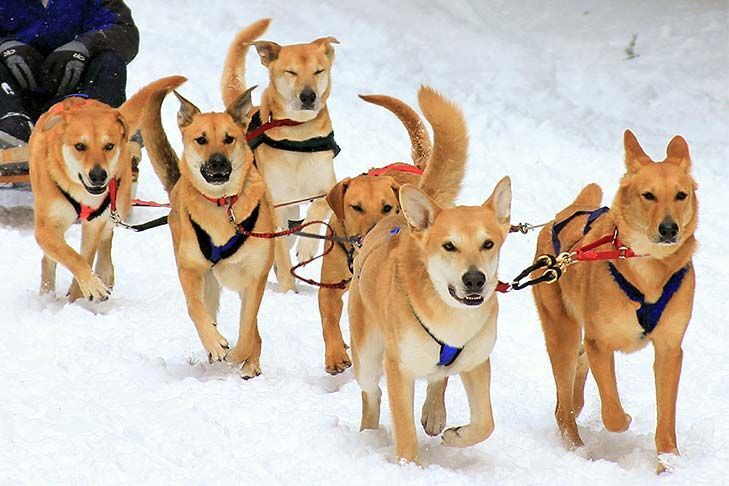
Chinook dogs have double-layer thick hair that fits closely to the body surface. The outer layer is straight, hard and elastic, while the bottom layer is fine and soft. It has excellent warmth and cold-proof properties and is very suitable for heavy-duty work in cold environments. Its forelimbs are strong and powerful, and its hind limbs are well-developed. It has excellent traction and a certain running speed, which perfectly combines the strong endurance of freight dogs and the agility of sled racing dogs.
8. Sakhalin (Japanese sled dog, strong endurance)
Among the sled dog breeds, the Sakhalin is a very representative breed. It is produced in Japan and is the only native sled dog in Japan. The Sakhalin is mainly distributed in Sakhalin Island, Hokkaido, Japan, and surrounding islands. In recent years, a small number of families in Aomori Prefecture in northern Honshu, Japan, have also kept it as a pet.
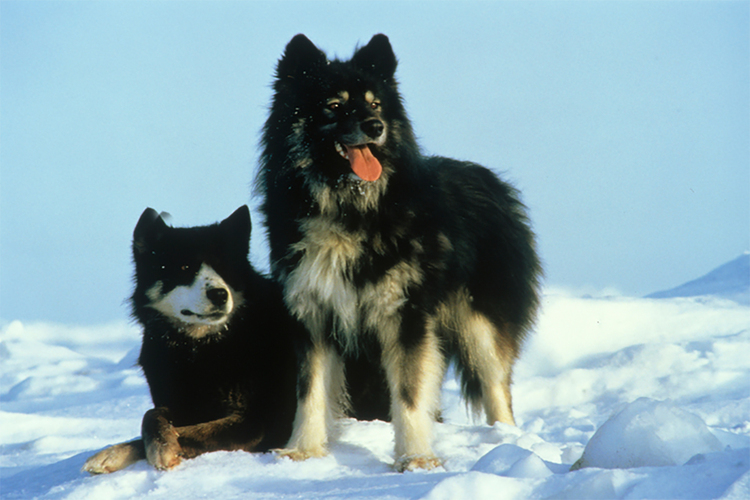
Taro and Jiro in the movie "Antarctica" (1983).
The fame of the Sakhalin Dog is closely related to Japan's Antarctic expedition in the 1950s. In 1957, Japan established the first scientific research base "Showa Base" in Antarctica. In addition to the scientific research team members, 15 Sakhalin dogs were specially brought as sled dogs to assist in the transportation of supplies. This feat made the Sakhalin Dog famous and became an indispensable part of Japan's Antarctic exploration history.
9. Norwegian Elkhound (strong physique, double coat)
Among sled dog breeds, the Norwegian Elkhound is undoubtedly a very attractive existence, and it is one of the dog breeds that the editor particularly prefers. They are strong, muscular, and have strong and neat lines, exuding a "mountain warrior" temperament. As an excellent hunting dog, the Norwegian Elkhound is brave by nature, lively in character, and has a strong will.
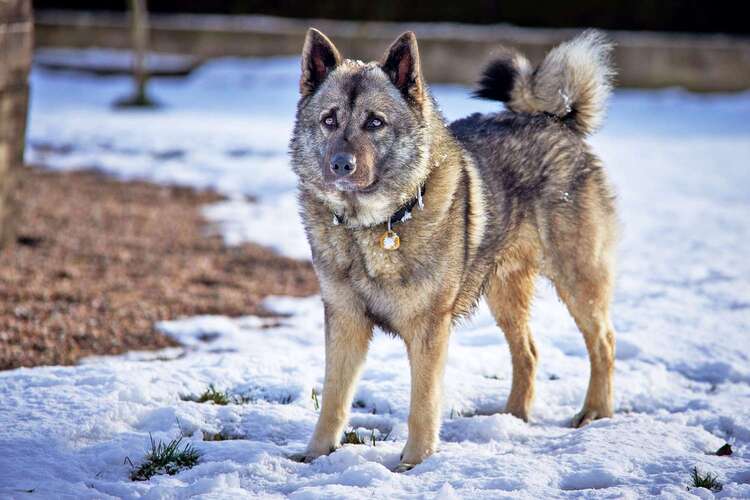
This breed of dog is good at tracking moose and other large prey. They will drive the prey into a desperate situation through continuous barking, while flexibly avoiding the opponent's counterattack. The Norwegian Elkhound has an extremely keen sense of smell. It can accurately capture the scent of prey and quickly track it down even if it is several kilometers away. They have amazing endurance and can survive in all kinds of complex climates and rugged terrain.Long-term operation in rugged terrain.
In addition to hunting elk, the Norwegian Elkhound is also good at hunting wild bears, bobcats and other beasts. Due to their stable character and working ability, they are not only competent for the tasks of sled dogs, but also excellent family companion dogs.
10. Great Pyrenees (double coat, full of power)
The Great Pyrenees has a strong physique, a well-proportioned structure, a majestic temperament, and a dignified demeanor, as if it was born with a kingly demeanor. It has a calm and confident character, is gentle but alert, loyal and responsible, and is a multifunctional working dog that combines strength and wisdom. In all kinds of climates, the Great Pyrenees can stick to their posts and perform their duties silently.
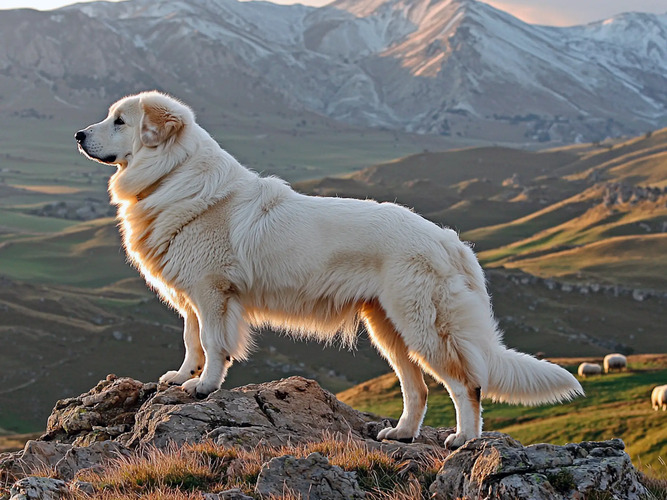
In the pasture, it is an excellent shepherd's assistant; as a guard dog, it can effectively protect the safety of the family and the owner; and in the ice-covered areas, it is not only a reliable freight assistant and sled dog, but also a snow guide. Due to its love of pulling carts and its talent for adapting to snowy terrain, the Great Pyrenees plays a very high value in winter sports. Whether it is pulling a sled or serving as a leader in a sled team, it can complete the task steadily and freely, providing solid support for humans.
Other dog breeds that can pull sleds:
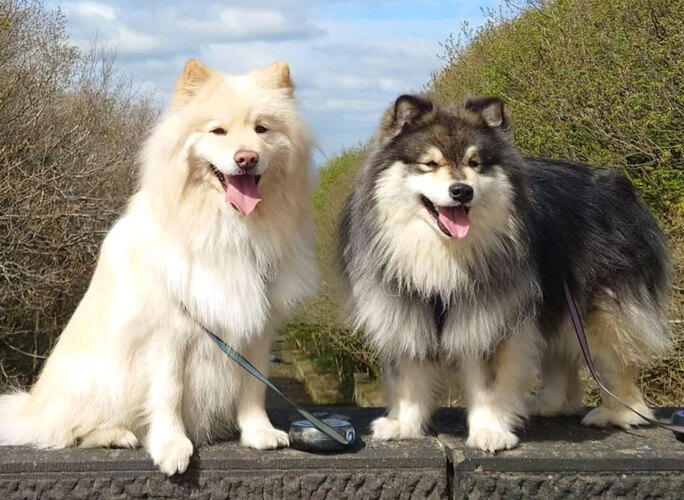
Finnish Lapphund
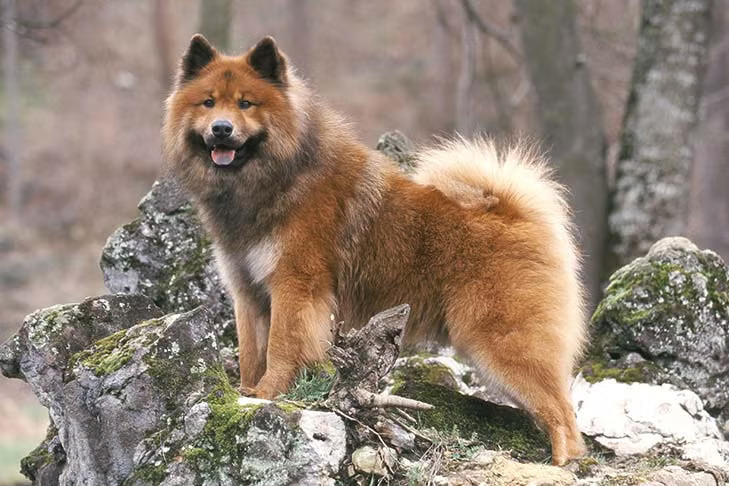
Eurasian dog
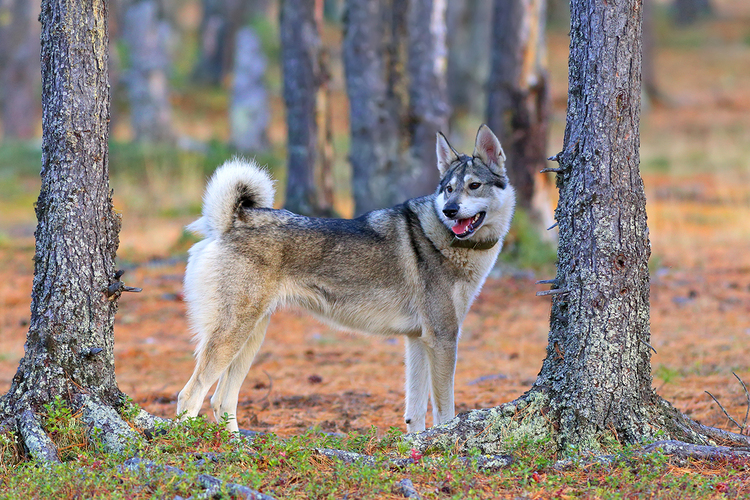
East Siberian Laika
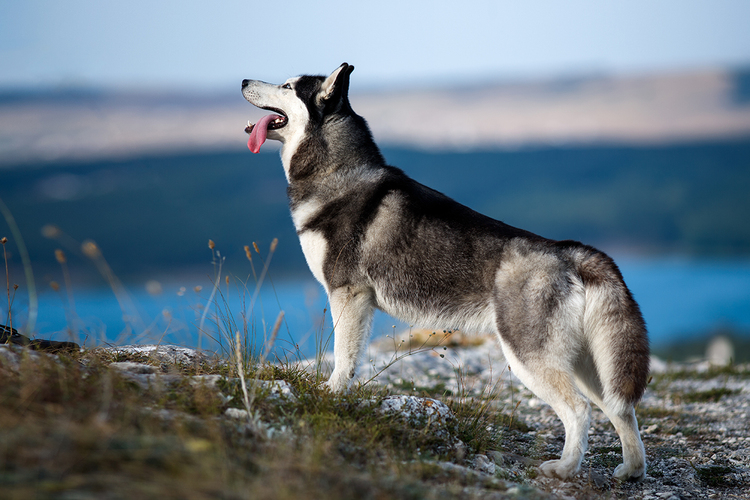
Siberian Husky: My ancestors are wolves, woof!
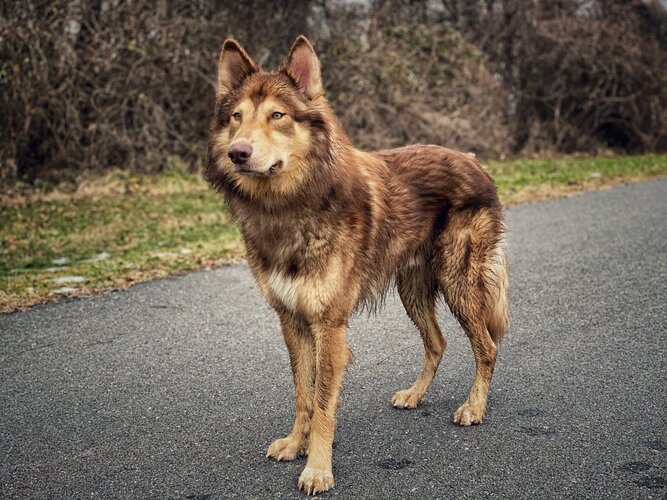
Tamaskan Wolf Dog
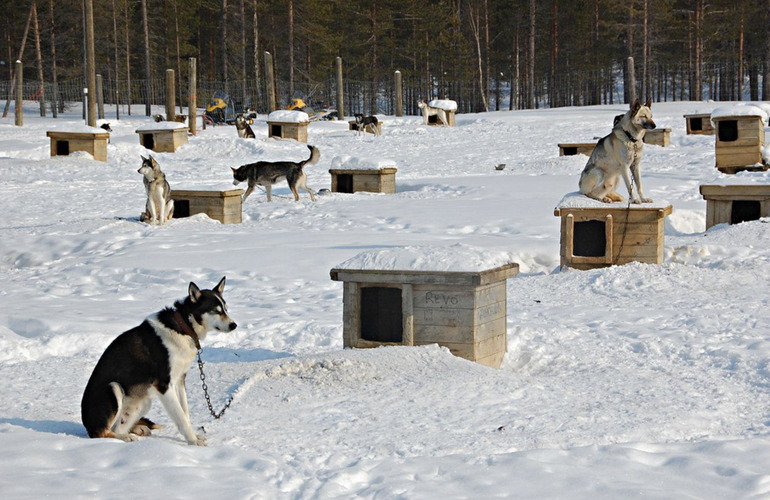
Sepele Siberian Husky

Northern Inuit Dog, etc.
The world's 10 most famous sled dogs are recommended based on their cold resistance/sports ability/endurance/perseverance/popularity and comprehensive reference to relevant Internet rankings. They are for entertainment reference only!
animal tags: Sled-Dogs
We created this article in conjunction with AI technology, then made sure it was fact-checked and edited by a Animals Top editor.